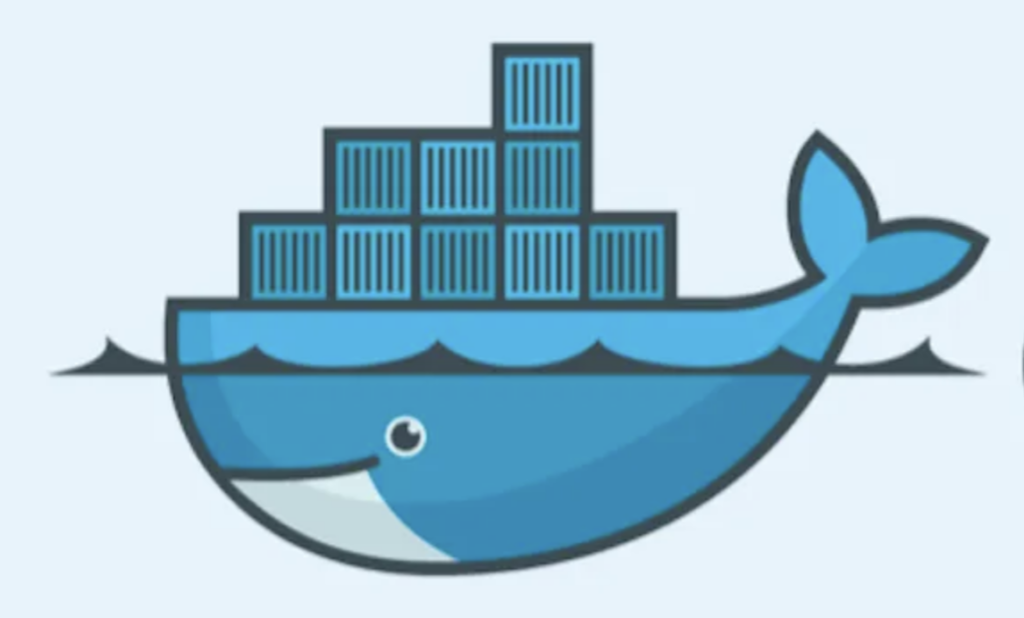Finally had the time to rebuild and refresh the blog site. gotsudo.com in now full Cloud Native running in AWS (has always been, however in a more traditional server-based installation).
The recent migration included an AWS Lightsail service that provides various bundles of OS/applications, which in my case is WordPress running on Linux. Various tiers are also available to fit every budget out there.
I decided to take things a step further, and serve the public facing version of the website in a static configuration, leveraging AWS S3 to host the site files, with AWS CloudFront caching layer sitting upfront for the parent gotsudo.com address.
This allows me to limit access to the actual WordPress site running in Lightsail, transforming it to a true authoring and publishing site, rather than a public front-facing one.
Various WordPress plugins are available that can easily produce a static version of the website, and can also integrate with AWS services (or any other CSP) to auto publish files into S3 or any other repository of choice. While these make things much easier and more integrated, I decided to air-gap the systems, allowing me to selectively produce the published files and upload them to S3 using other means of tailored automation.
Later on, I may add some more integrations to the site, however at this point I’m quite happy with how far it came over a busy weekend’s time.


